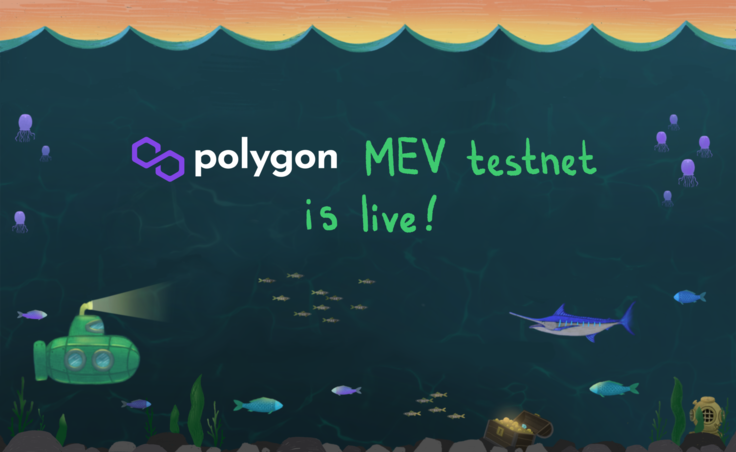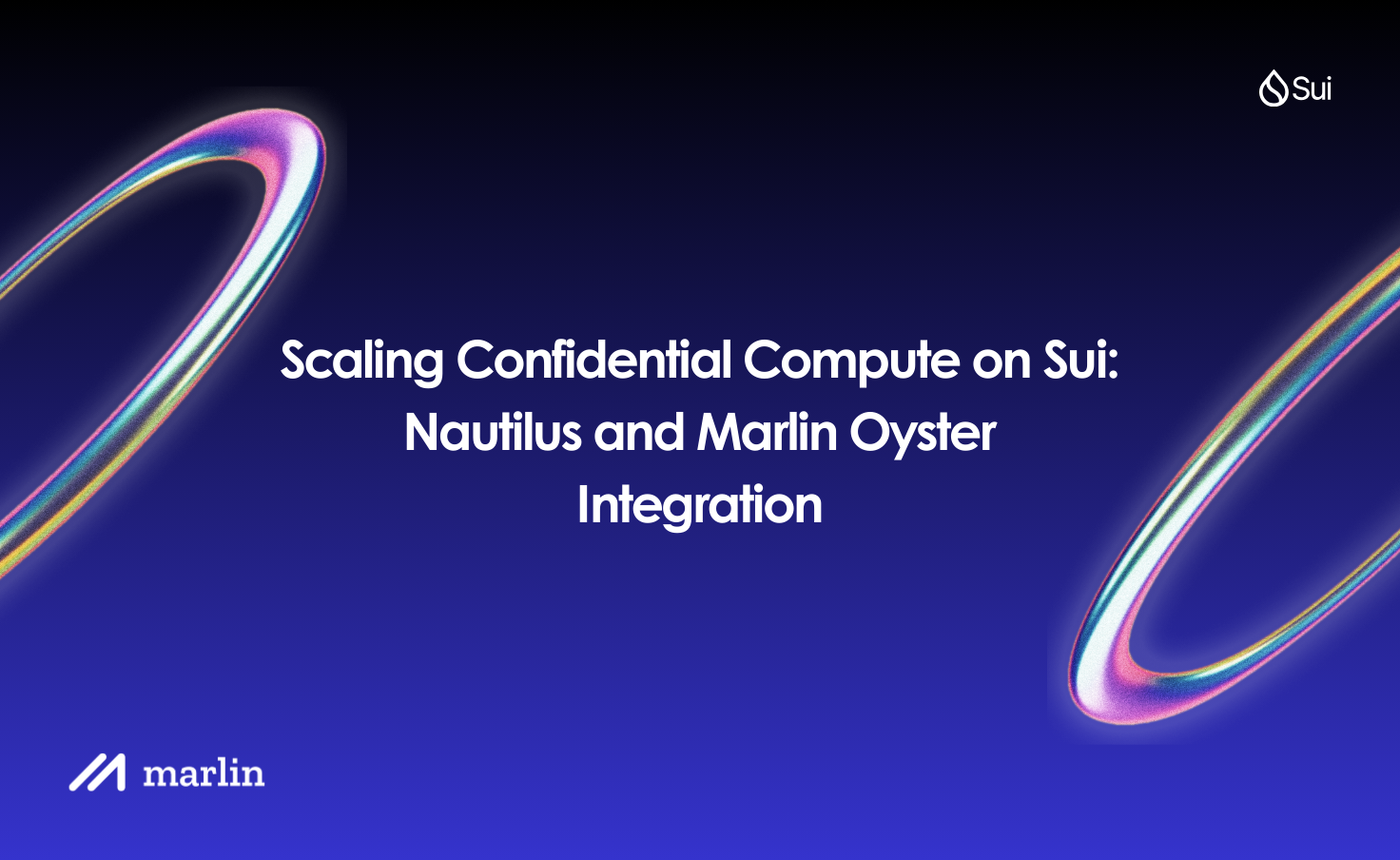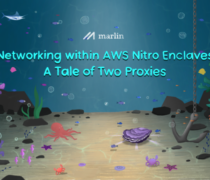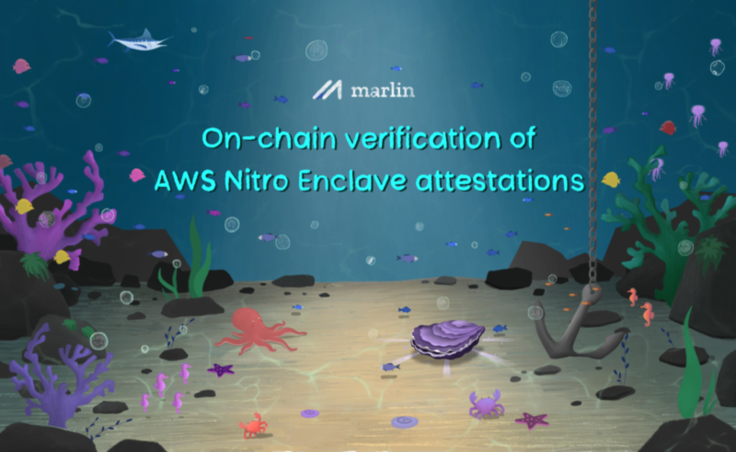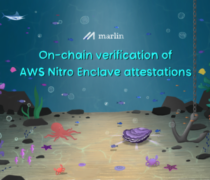Last month, we introduced the Flashbots architecture for Polygon through mev-bor. However, some validators expressed concerns over directly switching to mev-bor on mainnet. We thus introduce Loki, a Polygon MEV testnet dedicated to testing mev-bor and bundles sent via a compatible relay.
Current Polygon PoS architecture
Polygon PoS consists of two chains: Heimdall and Bor which work in tandem with each other.
- A validator is responsible for maintenance of both the chains and maintains a stake on Ethereum to join the network.
- Heimdall validators of a given round read state on the Ethereum main chain and choose validators who will produce blocks on Bor for a given slot.
- Bor validators read Heimdall blocks to determine which slot they will be producing blocks for. A slot generally involves producing 64 consecutive blocks.
- Heimdall validators read blocks produced on Bor and checkpoint them on Ethereum.
Goals of the Polygon MEV testnet
The Polygon MEV testnet has been designed with the following goals in mind:
- Mainnet validators should be able to participate in the testnet
- It shouldn’t affect the mainnet
- It shouldn’t lead to any economic losses apart from electricity/bandwidth required to run a testnet node
- It should display the stability of the mev-bor and act as a good testing ground for any future updates to mev-bor
- It should display interoperability with other clients, most importantly vanilla bor itself when only a fraction of the network upgrade to mev-bor
- It should be a testing ground for the Marlin gateway which acts as a bridge between mev-bor and different private relays
- It should display the stability of the simultaneous usage of the public mempool using the P2P network and private relays
Architecture of the Polygon MEV testnet
Given the goals set above, it is clear that the Heimdall and Ethereum layers of the mainnet Polygon architecture are not strictly required. The Polygon MEV testnet consequently makes the following decisions:
- No token even on testnet needs to be staked. Prospective Bor validators need only register offchain with the testnet operator by filling https://form.typeform.com/to/meZlLpNS.
- The testnet operator simulates the functions of the Heimdall chain by randomly selecting a few registered Bor validators for every slot.
- Instead of running Heimdall themselves, Bor validators simply need to use the following limited Heimdall API endpoint provided by the testnet operator: http://13.57.231.182:8000
- The testnet operator makes no checkpoints and instead only listens to Bor blocks to conduct health tests and examine the transactions and/or bundles included in the block.
In addition, to listen to MEV bundles, operators are required to run the Marlin gateway which connects to the Marlin relay. More information can be found in our docs here.
Source code for the testnet design can be found at https://github.com/marlinprotocol/loki. We hope the Polygon MEV testnet can be used to carry out interesting experiments in a lighter environment with different network parameters in addition to testing the stability of mev-bor.
Join our Discord server in case you have queries and follow our official social media channels to get the latest updates as and when they come out!
Twitter | Telegram Announcements | Telegram Chat | Discord | Website

